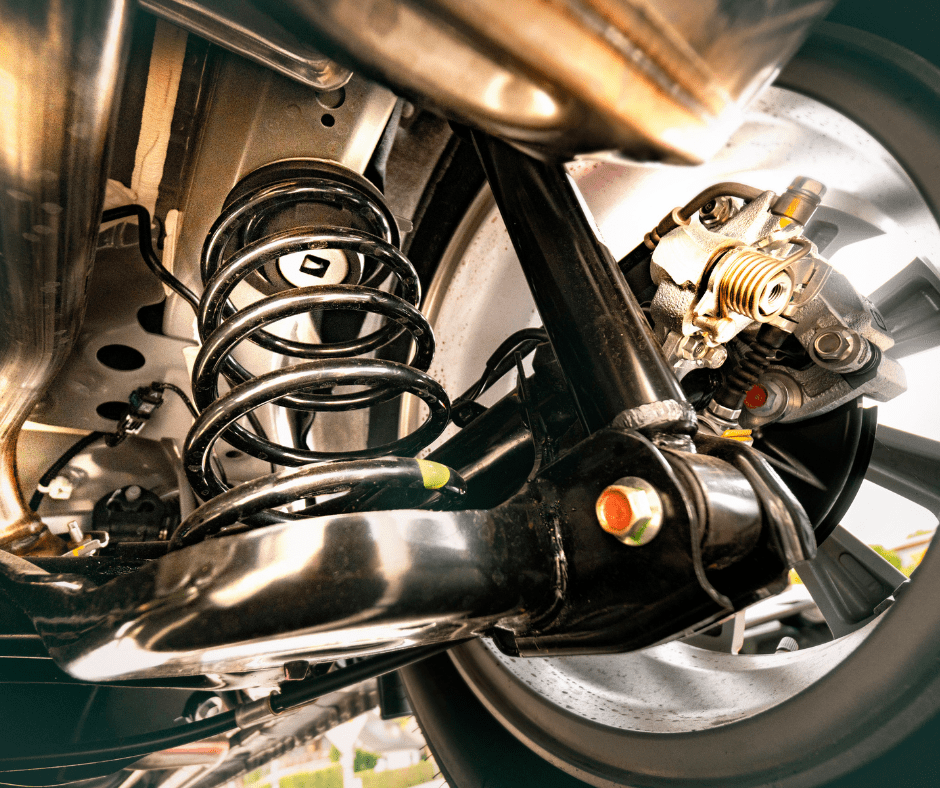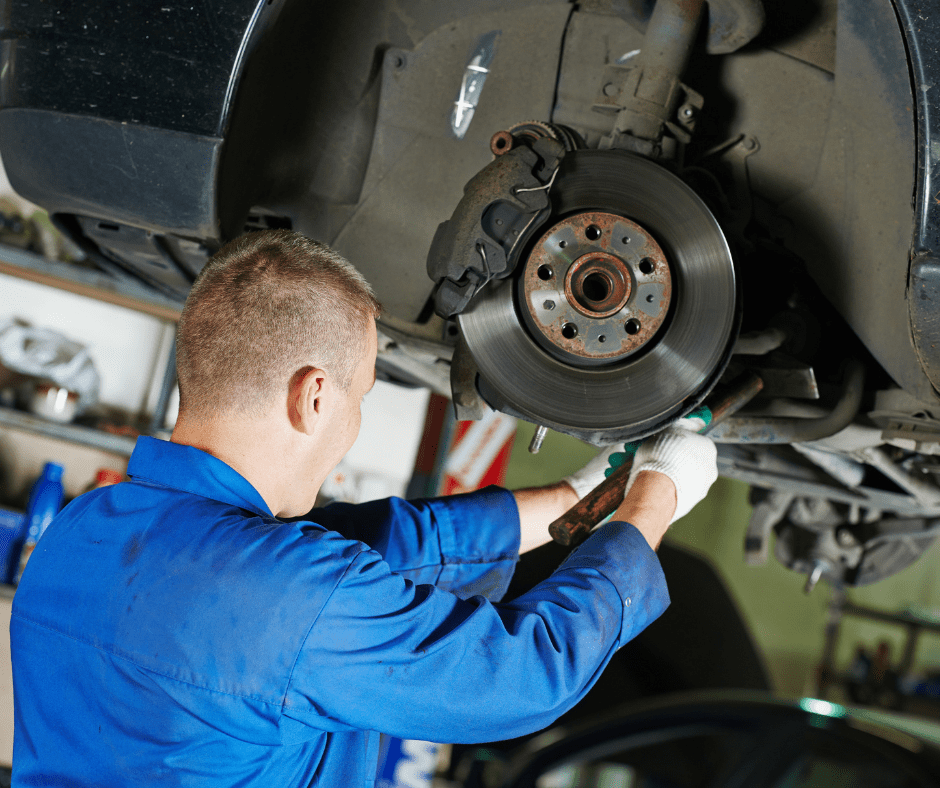Car suspension systems are essential to driving, offering comfort, safety, and performance. The technology behind suspension systems is a blend of physics, engineering, and innovation, designed to facilitate a smooth and controlled ride. This article aims to expand upon the basics of car suspension, explore its key components, and explain why it is crucial for your vehicle.
What is Suspension in a Car?
At its core, the suspension in a car is an intricate network of components engineered to absorb shocks and maintain continuous tire contact with the road surface. This setup is vital for optimal handling and comfort, reducing the impact of uneven terrain and enhancing the overall driving experience .
Key Elements of a Car’s Suspension System
Car suspension systems consist of several critical parts, each playing a specific role in vehicle stability and ride quality. Here are the primary suspension components:
- Springs: These car suspension parts support the vehicle’s weight, absorb road bumps, and help the car to return to its normal height after it encounters uneven road surfaces.
- Shock Absorbers (or Dampers): Dampers, a key part of suspension components, control the movement of the springs, reducing excess bouncing and vibrations, thereby stabilizing the vehicle.
- Struts: A structural part of the suspension system, struts combine the spring and shock absorber into a single unit, contributing to the vehicle’s alignment and support.
- Control Arms: These allow for motion between the vehicle frame and the wheel, facilitating steering and maintaining alignment.
- Anti-Sway Bars: Also known as stabilizer bars, they reduce body roll during turns, improving control and stability.
Together, these suspension components work in harmony to cushion the vehicle, absorbing the rough spots on the road and ensuring the car stays smooth and controlled.
How Suspension Enhances Your Driving Experience
The suspension system’s primary goal is to ensure a balanced and smooth ride. By effectively managing the forces generated during acceleration, braking, and cornering, it guarantees that the tires maintain optimal contact with the road, ensuring superior grip, safety, and comfort .

Understanding Different Types of Suspension Systems
Vehicles are equipped with various suspension setups, such as independent and dependent systems:
- Independent Suspension: Allows wheels on the same axle to move independently, offering refined handling and comfort, especially beneficial on uneven surfaces.
- Dependent Suspension: Links wheels on an axle, providing durability and strength, often used in heavier vehicles for its simplicity and robustness.
Choosing the right suspension type depends on the vehicle’s intended use, weight, and desired handling characteristics .
The Role of Springs and Dampers
Springs and dampers are central to the functionality of the suspension system. The springs, a crucial car suspension part, absorb shocks from road irregularities, while the dampers, another key suspension component, control the spring’s motion to prevent excessive bouncing, contributing significantly to the vehicle’s stability and comfort.
Upgrading Your Suspension: What You Need to Know
Upgrading your car’s suspension can enhance your vehicle’s handling and performance. Modifications such as performance shocks, lowering springs, or adjustable coilovers can customize the driving experience. However, selecting the right upgrades requires understanding your vehicle’s needs and how each component interacts within the system.
Maintaining Your Suspension for Optimal Performance
Regular maintenance is essential for keeping your car’s suspension system in the best condition. Routine inspections for wear and tear, replacing damaged parts, and ensuring proper alignment and balance are critical steps in preventing issues and extending the lifespan of your suspension components.
Common Suspension Problems and How to Identify Them
Suspension issues can present as uneven tire wear, poor handling, or unusual noises. Early detection of these symptoms can prevent further damage and maintain safety on the road. Understanding the common signs of suspension problems is crucial for timely intervention and repair.
Conclusion
Keeping your car running smoothly isn’t just about the engine or the brakes; it’s also about the suspension system, which plays a huge role in making your rides comfortable and safe. The suspension system helps your car handle bumps and turns with ease. Just like any other part of your car, the suspension needs regular check-ups to keep it in top shape. If you ever notice that your car rides are becoming bumpier or the handling seems off, it might be time to give your suspension some TLC. And remember, if you’re ever unsure about what your car needs, we’re here to help. Feel free to contact us with any questions or concerns about your car’s suspension, and we’ll make sure you get the assistance you need.
FAQs on Car Suspension Systems
- 1. How often should suspension components be replaced?
- Suspension components should be regularly checked and replaced as necessary, typically between 80,000 to 160,000 kilometres, depending on the make of the vehicle and how it’s used.
- 2. Can I upgrade my car’s suspension myself?
- While some suspension upgrades can be done by experienced DIYers, others may require professional installation due to the complexity of the system and the need for specialized tools.
- 3. What are the benefits of a suspension system?
- A well-functioning suspension system improves vehicle handling, comfort, and safety by ensuring optimal tire contact with the road and reducing the impact of road irregularities.
- 4. How does suspension contribute to vehicle safety?
- Suspension systems contribute to safety by maintaining vehicle stability, reducing body roll in turns, and ensuring effective braking and handling under various road conditions.
